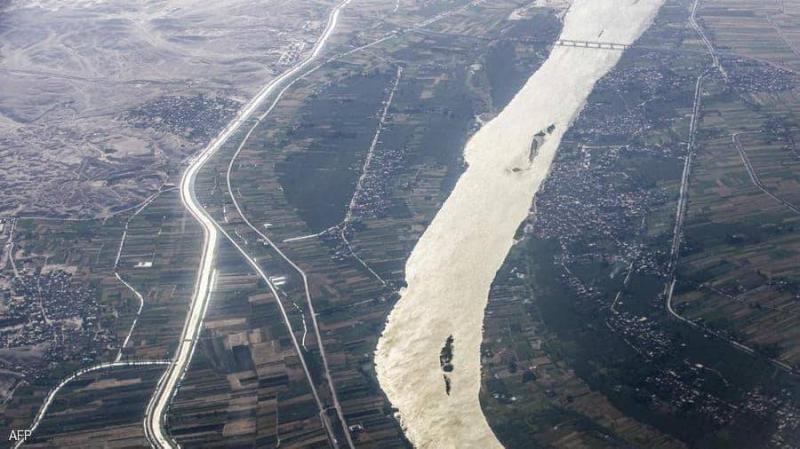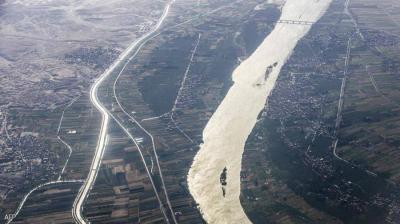Egypt's Minister of Water Resources and Irrigation, Mohamed Abdel Aty, announced an increase in rainfall rates at the sources of the Nile, leading to higher volumes of water flowing into the High Dam Lake. He emphasized the need to monitor the water situation and manage heavy rains. Abdel Aty stated that various sectors within the ministry are continuously tracking rainfall rates at the Nile's sources, the river's hydrology, and measuring the water quantities reaching the High Dam Lake. They are also exploring different scenarios for the Nile flood, noting that the Nile revenue committee meets regularly to review the water situation.
The Egyptian official indicated that the current period is witnessing a rise in rainfall rates at the Nile's sources, and it is expected that the level of the High Dam Lake will increase in the coming days with the start of the water year on Saturday. It is premature to assess the size and shape of the Nile flood, as the flood period concludes this month, according to the Egyptian newspaper "Al-Ahram."
The newspaper quoted the head of the planning sector at the Ministry of Irrigation, Iman El-Sayed, saying that "the forecasting center affiliated with the ministry possesses a ‘receiving unit’ that determines the amount of coldness present in the clouds over the Nile, which is compared with ground stations, achieving a correct prediction rate of 95% through some calculations. The rainfall amounts are fed into several hydrological models to determine the amount of rainfall falling on the territory of each country and to understand the volume that each country holds from these amounts."
El-Sayed noted that the flood coming to Egypt this year is above average, which is normal for the hydrology of the Nile. She explained that 86% of the water coming into the High Dam Lake is from the Blue Nile and 14% from the White Nile, which is the nature of the Nile, where the majority comes from the Ethiopian plateau, while the remainder comes from the equatorial plateau, including Kenya, Uganda, Tanzania, and others.
She added, "The increase in water flow from the White Nile to Sudan is noticeable in Egypt, as the tributaries of both plateaus end in Sudan and then flow to Egypt. Therefore, any increase in the Blue and White Nile leads to an increase in flow to Egypt."
**Benefits of the Flood**
The spokesperson for the Egyptian Ministry of Irrigation, Mohamed Ghanem, explained that the Nile flood has many benefits, the most notable being the reduction of pollution levels in canals and waterways, in addition to deepening the riverbed and decreasing ammonia levels.
He pointed out that Egypt has clear standards for dealing with floods coming from the south through several specific mechanisms, primarily the High Dam and Lake Nasser, as they hold back floodwaters from the Nile and store them. Ghanem affirmed that the Ministry of Irrigation manages the water coming from the Nile with great precision, adding that the phases of water distribution through irrigation sectors for agricultural, industrial, and drinking water discharge levels have already begun.
It is worth noting that the Ministry of Water Resources and Irrigation had announced that all necessary preparations and measures had been taken to confront the dangers of heavy rains affecting certain governorates, in coordination with all concerned state authorities.




